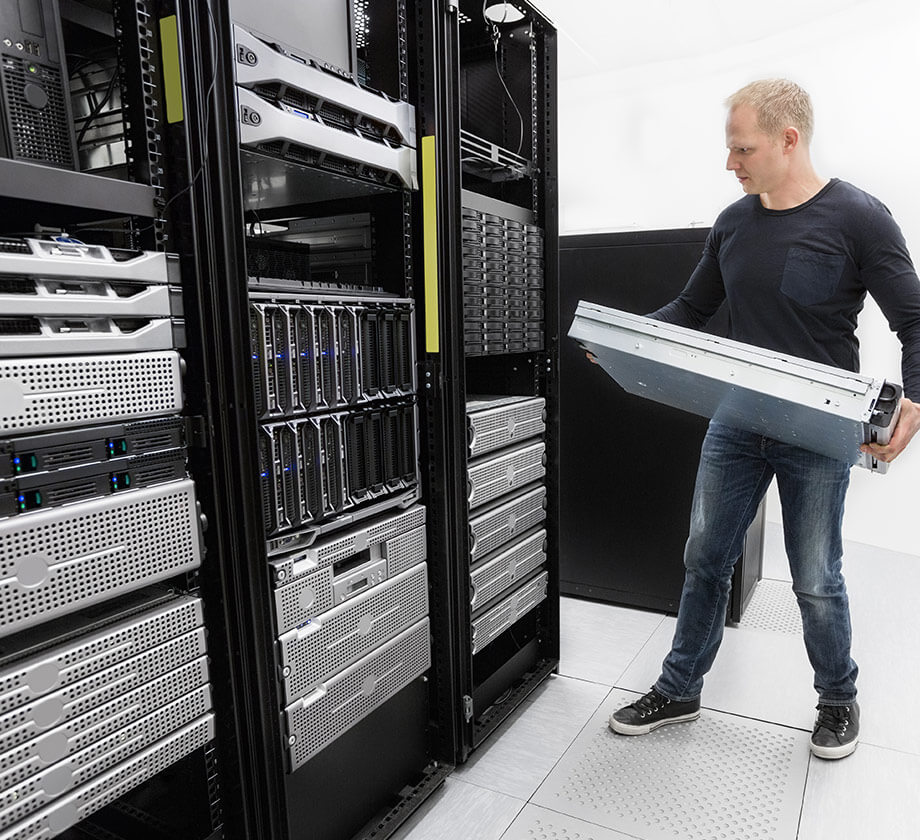Every organization, big or small, reaches a point in their growth trajectory where they need to relocate their data center to a more secure and more feasible environment. Planning a data center relocation is a tremendous responsibility, and in many cases, the inherent complexity causes it to extend to several months, even to more than a year. This is a process that should not be taken lightly.
Here are six steps that you can take to ensure you have a smooth and successful data center relocation.
Step One – Prepare, Prepare, Prepare
The secret to effective data center relocation is preparation. Careful and detailed planning activities should make up as much as 90% of the time and effort spent on the relocation project.
Your to-do list will be huge, and rightfully so. Investing some solid time in preparation will help you predict problems, plan for contingencies, and prevent unforeseen pitfalls.
Don’t forget to reinforce your understanding of the fundamental relationships between hardware, software, business processes and individuals. Evaluate the viability of your options - moving physical site to physical site, using the cloud, or a hybrid of both.
Step Two – Involve Key Stakeholders
IT may be handled by a single department, but every role in the organization is critical for reaching maximum uptime.
The top management in your organization is crucial in facilitating the activities involved in data center relocation. Engage them right from the early stages. Help them craft and share their vision of the migration so that they can communicate it to their teams and weigh in on competing priorities.
As the relocation project progresses, this buy-in from management will be instrumental in maintaining a cooperative attitude amongst the staff.
Step Three - Assign Capable Resources
The most significant role in the relocation of data centers is that of the technical project manager. Any IT relocation project, big or small, is extremely complex, and is best assigned to an expert with a sharp eye for detail.
The technical project manager not only handles the logistics, budgeting and risk assessment required for the relocation, but also has the interpersonal skills to manage the large number people involved throughout the process.
If you are unable to find the right expert with all of these skills, consider appointing two team members as project leaders. Don’t forget to assign an individual to the backup point, regardless of the size or method of relocation.
Step Four - Audit Your Equipment and Processes
The next step in a data center relocation is a comprehensive site audit.
The audit team will test the equipment in the current infrastructure to recognize vital machines that would need to be relocated first. They will also map all the dependencies between every piece of equipment. This detailed audit report will help you decide which devices need to be upgraded, decommissioned, or replaced.
Step Five - Select a Method for Your Data Center Relocation
Which form of relocation better suits your needs? The method of data relocation is an important decision that will impact your operations at every level.
There are several strategies that you can use:
- Physical to physical
- Physical to virtual
- Virtual to virtual
- Cloud to physical
- Cloud to virtual
In some cases, a hybrid approach may be the best option.
Step Six – Document and Test
Before the actual relocation, you must complete thorough testing in your current environment. Testing sets a baseline for your IT activities and helps assure the compatibility of your IT equipment through well-controlled monitoring. Testing goes a long way in saving cost, time, and project integrity.
Your testing process would ideally include equipment tagging. Document the serial number and warranty information for each object being transferred. Check your warranties for clauses specific to moving, so that you know where you are covered.
Don’t forget to review service contracts and inform individual vendors about the change, so that they can address any concerns you may have about licensing.
Finally, start testing your equipment immediately once it is installed at the new location. Use your audit inventory list to confirm the proper location and installation.
This will make you ready for the application testing of all your systems - the final phase of your data center migration project.






